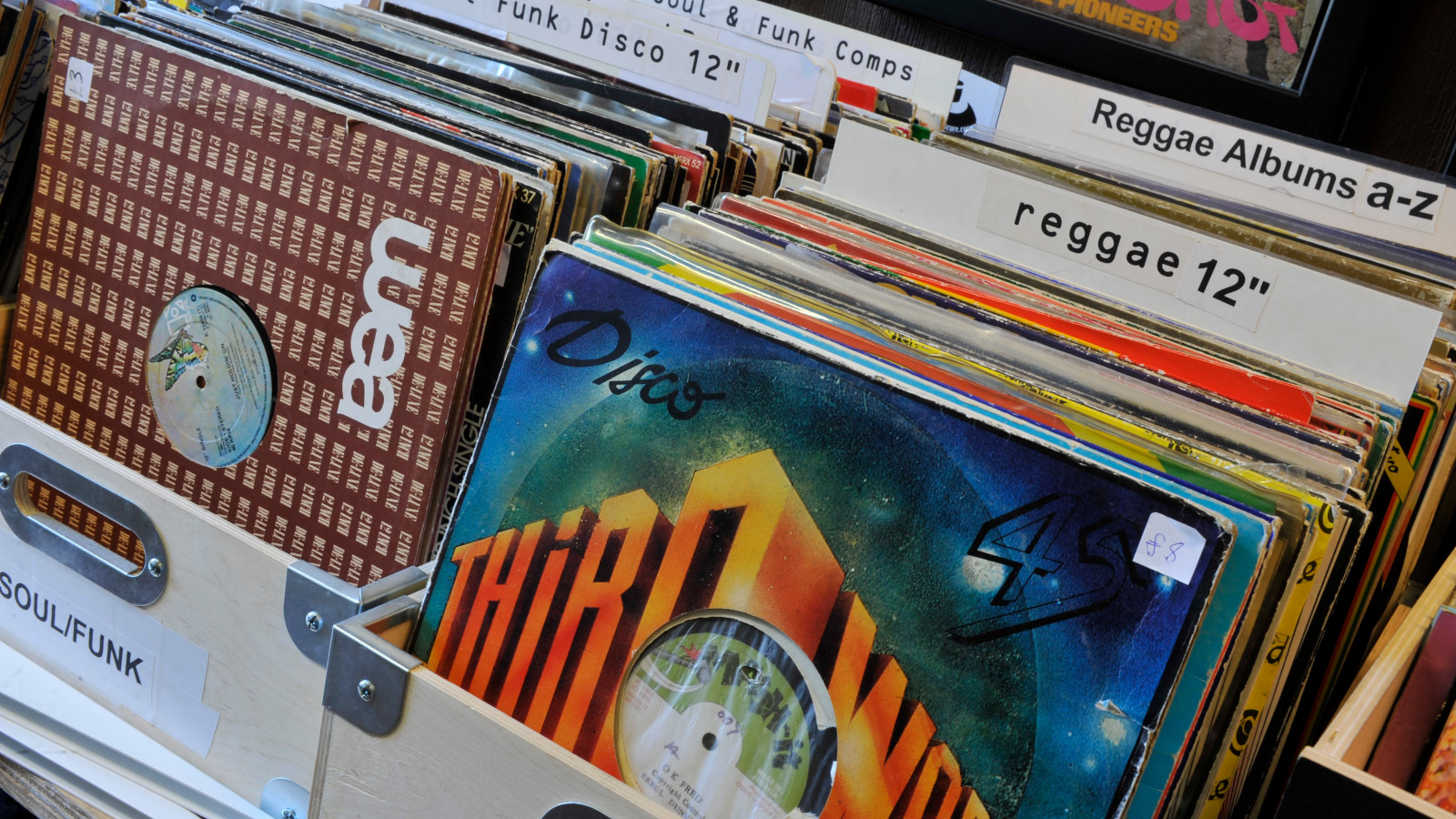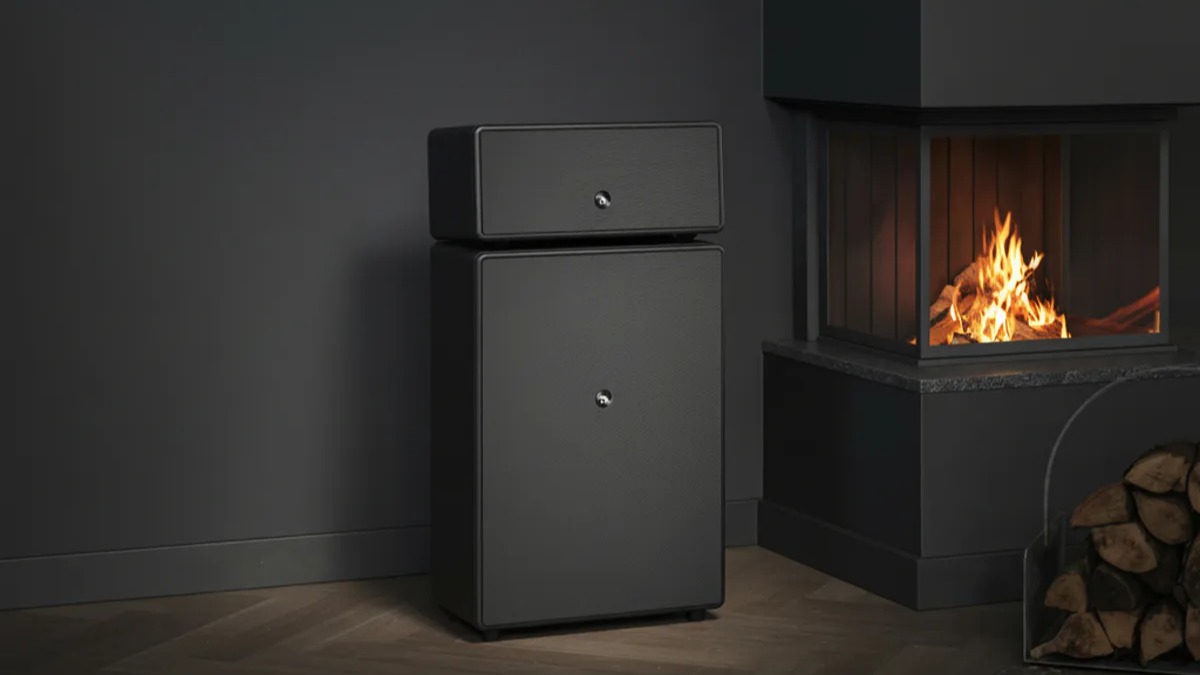Is there really a ‘right’ hi-fi sound for different music genres?
It is what impacts the music least every time, right? Hmm…

There are very few absolutes in hi-fi today. What definitely isn’t one of them (and never will be) is what defines the ‘right’ hi-fi sound. Ask a room of music and hi-fi enthusiasts for their thoughts on the matter and things would all too soon erupt into the kind of pandemonium that would derange a digital-cable convention. (Just probably not as quickly.)
The die-hard rockers might throw out words such as “powerful”, “atmospheric” and “bassy”; those who instinctively request Norah Jones at hi-fi shows may advocate the one that delivers the lushest vocals (midrange); the greatest lovers of life – the bon vivants – could say anything that makes music fun to listen to. Those deliberating quietly in the corner, including myself and probably many of my colleagues, would champion the most transparent-sounding system – that is, the one that communicates the music as close to the recording as possible, stamping little of itself on it. Opinions, opinions, opinions. We would all be right, and all be wrong… depending on the ears of the beholder.
But more bass is better for hip-hop, no?
Now, is there really a ‘right’ hi-fi sound for certain music genres? Perhaps – so what genre(s) of music you listen to could reasonably sway your hi-fi buying decisions.
If you were asked to conjure a system through which to enjoy Muse’s Live at Rome Olympic Stadium album to the fullest, you may very reasonably pick a powerful-sounding system with momentous scale and mighty low-end. It’s probably more likely to be headed by Q Acoustics’ 5040 floorstanders than the PMC prodigy 1 standmounts, which don’t have the Q Acoustics’ scale or bass power to rip through the album’s cacophony of bass and drums as well and communicate the expanse of the live recording as effectively. Conversely, suppose you are the biggest contributor to Tidal’s monthly streams of Sergei Rachmaninoff. In that case, you might well snap up those PMCs quicker than you could say “piano concerto” for their greater dynamic expression and precise, to the point of analytical, nature.
“It's all a matter of tools for the job,” said a former What Hi-Fi?’er, before offering the parallel that just as a classical guitar is wonderful in a hushed concert hall it won't do much when it comes to filling a stadium. Indeed, the kind of system that sounds lush, mellow and well-detailed with orchestral works probably won't also be the ideal sort to vibrate the walls with Charlie XCX’s latest foot stomper.
So if you exclusively, or even mostly, consume a sonic diet of one music genre, whether that is classical or blues, dub-step or hip-hop, a certain sound of system may well work best for you – and that’s fine. Many hi-fi manufacturers imprint a ‘sound’ on music, whether that is to emphasise bass, honey vocals or mellow it all out, because it sells. A lot of people worship single-ended tube amps for tending to sound congenially warm (due to their even/second-order harmonic distortion); others don’t. Psychoacoustics is a funny thing, isn’t it?
Don’t let us or anyone else put you off acquiring a sound that excels in one or two particular areas just because it might not be the most unadulterated, ‘purest’ sound. (Though do be aware that when a component favours or emphasises one element, it will likely have a weakness in another, so you’ll want to accept that as wholly as you do its strength(s).)
The latest hi-fi, home cinema and tech news, reviews, buying advice and deals, direct to your inbox.
In fact, such varying disposition is primarily why we urge readers not to ignore our four-star reviews: what may not get a five-star What Hi-Fi? rating due to a tonal imbalance or colouration that we don’t find faithful or appealing to the majority might actually be exactly what suits your tastes. For example, just last year Focal’s Vestia No.1 speakers were awarded an admirable quartet of stars, missing out on the final fifth for being so refined and amenably natured in character that they somewhat put a lid on lively recordings (we gave Funkadelic’s Standing On The Verge Of Getting It On as an example) and don’t let their innate energy shine through. For those who listen mostly to easy-going music, that shortcoming might not be an issue – but the speakers’ frequency-wide detail levels and well-defined, open soundstage sure would please them. It’s a tuning Focal has seemingly long-favoured for its speakers, and we don’t believe it is about to go under!
All hail the agreeable, authentic all-rounder?
So what if your taste – like, we imagine, most people’s – is varied, your algorithm-led Tidal playlist suggesting GoGo Penguin next to Fontaines D.C.? Is the best system the safe, neutral, balanced all-rounder? I personally think so, whether it is for listening to one music genre through or all of them, and it’s generally the approach we What Hi-Fi? reviewers take in our quest for objectivity (as objective as any review can be, of course). The more transparent (‘non-coloured’) it is, the more of the recording and artist’s intention you are hearing; and isn’t that the most enjoyable and, therefore, The Best?
Some years ago a colleague asked a handful of British engineers what they thought constituted ‘British hi-fi sound’ (which I think was, reasonably, understood by them as also 'generally good hi-fi sound’) and “faithful”, “accurate” and “natural” sprang up several times. Faithfulness is, after all, the definition of (high) fidelity.
One can always take advantage of the DAC filters, tone controls or custom EQ tools that increasingly appear in products nowadays when they want a bit more of something for a particular track or album (even if such features have varying degrees of effectiveness and tend to muck something else up!)
But ultimately, what sound you enjoy most is the best sound. Only the other weekend did someone at a hi-fi show denounce speakers that I consider highly transparent – and highly enjoyable – as “boring”. Fair enough; the ‘right’ sound is the one you like!
MORE:
There’s nothing wrong with buying vinyl and never listening to it
When should you upgrade your hi-fi? How to control ‘upgradeitis’

Becky is a hi-fi, AV and technology journalist, formerly the Managing Editor at What Hi-Fi? and Editor of Australian Hi-Fi and Audio Esoterica magazines. With over twelve years of journalism experience in the hi-fi industry, she has reviewed all manner of audio gear, from budget amplifiers to high-end speakers, and particularly specialises in headphones and head-fi devices.
In her spare time, Becky can often be found running, watching Liverpool FC and horror movies, and hunting for gluten-free cake.
